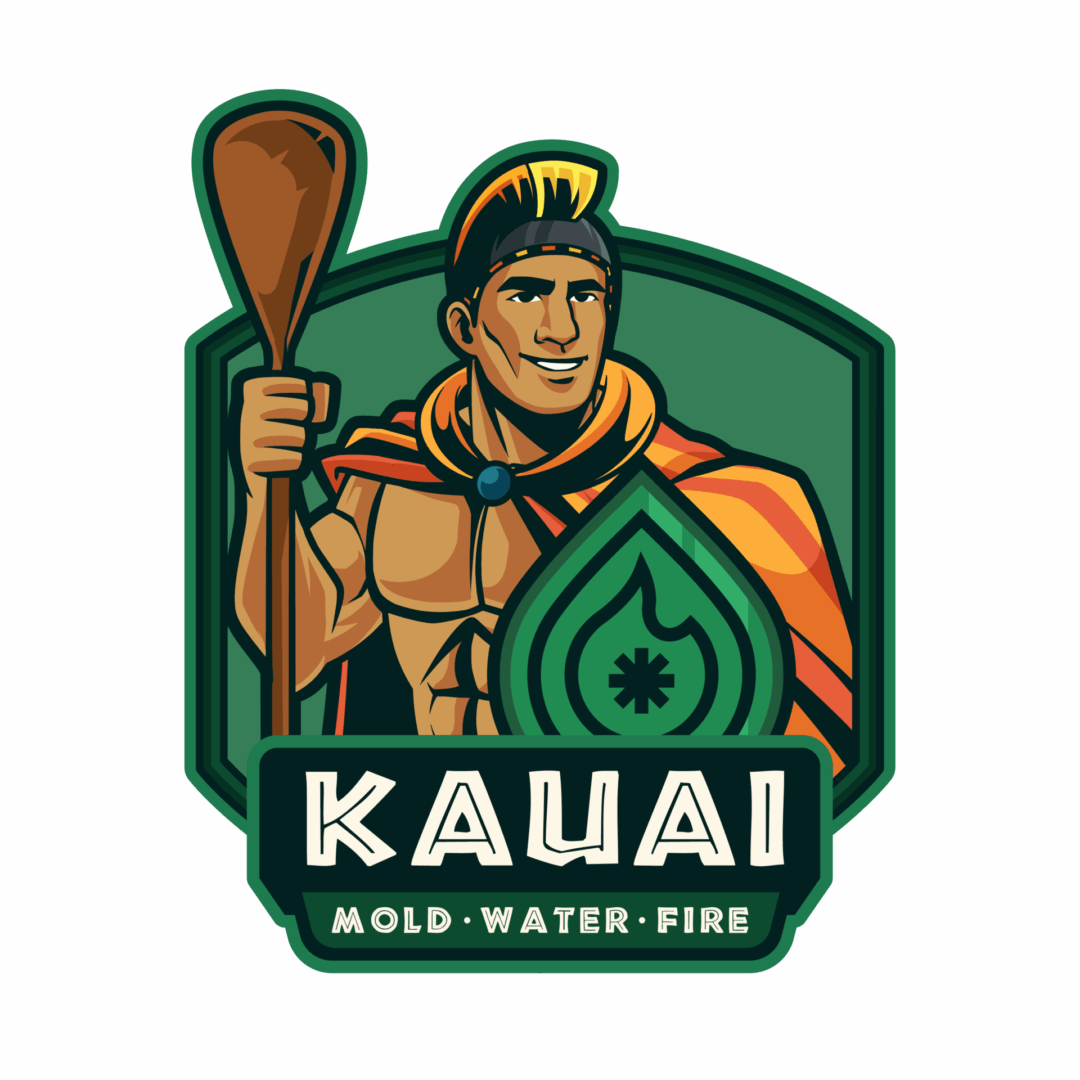Air Quality After Water Damage: What You’re Breathing Matters
Breathing Easy Starts with a Dry Home
Even after water is removed, materials affected by the damage can continue to impact the air quality of your home. Humidity will be higher due to high moisture levels in the home, and damp materials can continue releasing mold spores and VOCs (volatile organic compounds) into the air. If you’ve had a major water event, like a flood or a significant leak, you may also have been exposed to pathogens from standing water.
A moisture meter is quick way to gauge how much water may still be lingering in the air. You can pick up a meter from a hardware store to test whether materials in your home are fully dry – it should read 15% or less. If you detect a higher percentage, next steps would be setting up a dehumidifier and an air purifier with a HEPA filter. These will continue to pull remaining moisture from the air, as well as remove mold spores, VOCS, and other invisible allergens that may be impacting your health.
Our Kauai Mold Water Fire team includes indoor air quality testing and post-drying inspection with every remediation. Using specialized equipment like HEPA filters, air scrubbers, and dehumidifiers, we improve air quality while removing moisture and potential contaminants. If you smell must or notice allergy-like symptoms after water damage, the issue may be airborne. If you’re worried about what you’re breathing, give us a call.
